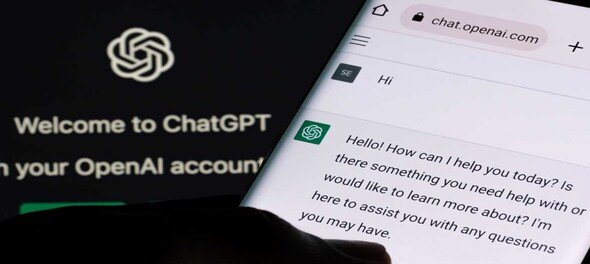
OpenAI, which released the viral ChatGPT chatbot last year, unveiled a tool that’s intended to help show if text has been authored by an artificial intelligence program and passed off as human.
The tool will flag content written by OpenAI’s products as well as other AI authoring software. However, the company said “it still has a number of limitations — so it should be used as a complement to other methods of determining the source of text instead of being the primary decision-making tool.”
In the Microsoft Corp.-backed company’s evaluations, only 26 percent of AI-written text was correctly identified. It also flagged 9 percent of human-written text as being composed by AI.
The tool, called a classifier, will be available as a web app, along with some resources for teachers, the company said in a statement Tuesday. The popularity of ChatGPT has given rise to authorship concerns as students and workers use the bot to create reports and content and pass it off as their own. It’s also spurred worries about the ease of auto-generated misinformation campaigns.
“While it is impossible to reliably detect all AI-written text, we believe good classifiers can inform mitigations for false claims that AI-generated text was written by a human: for example, running automated misinformation campaigns, using AI tools for academic dishonesty, and positioning an AI chatbot as a human,” OpenAI said in a blog post.
Since the release of ChatGPT in November, teachers in particular have been struggling to cope. Students quickly realized that the tool could generate term papers and summarize material, albeit while occasionally inserting glaring errors.
Earlier this month, a Princeton University student named Edward Tian released an app called GPTZero that he said he programmed over New Year’s to detect AI writing. Ethan Mollick, a professor at the University of Pennsylvania’s Wharton School developed an AI policy for his classes, which allows students to use ChatGPT as long as they provide a description of what they used the program for and how they used it.
New York City’s public schools have banned using ChatGPT and so has the International Conference on Machine Learning, except in certain cases. The conference ethics statement noted that “papers that include text generated from a large-scale language model (LLM) such as ChatGPT are prohibited unless this produced text is presented as a part of the paper’s experimental analysis.”
(Edited by : Sangam Singh)
First Published: Feb 1, 2023 7:38 AM IST
Check out our in-depth Market Coverage, Business News & get real-time Stock Market Updates on CNBC-TV18. Also, Watch our channels CNBC-TV18, CNBC Awaaz and CNBC Bajar Live on-the-go!


Chhattisgarh Lok Sabha elections 2024: Full list of BJP candidates
Apr 19, 2024 1:46 PM
Lok Sabha Election Phase One: WB records 51% voting, UP 37%, Maharashtra 32% till 1 pm
Apr 19, 2024 12:56 PM
Violence mars first phase of Lok Sabha polls in West Bengal
Apr 19, 2024 12:09 PM
Lok Sabha Polls 2024: Here is how the markets fared in Modi government's second term
Apr 19, 2024 11:44 AM

